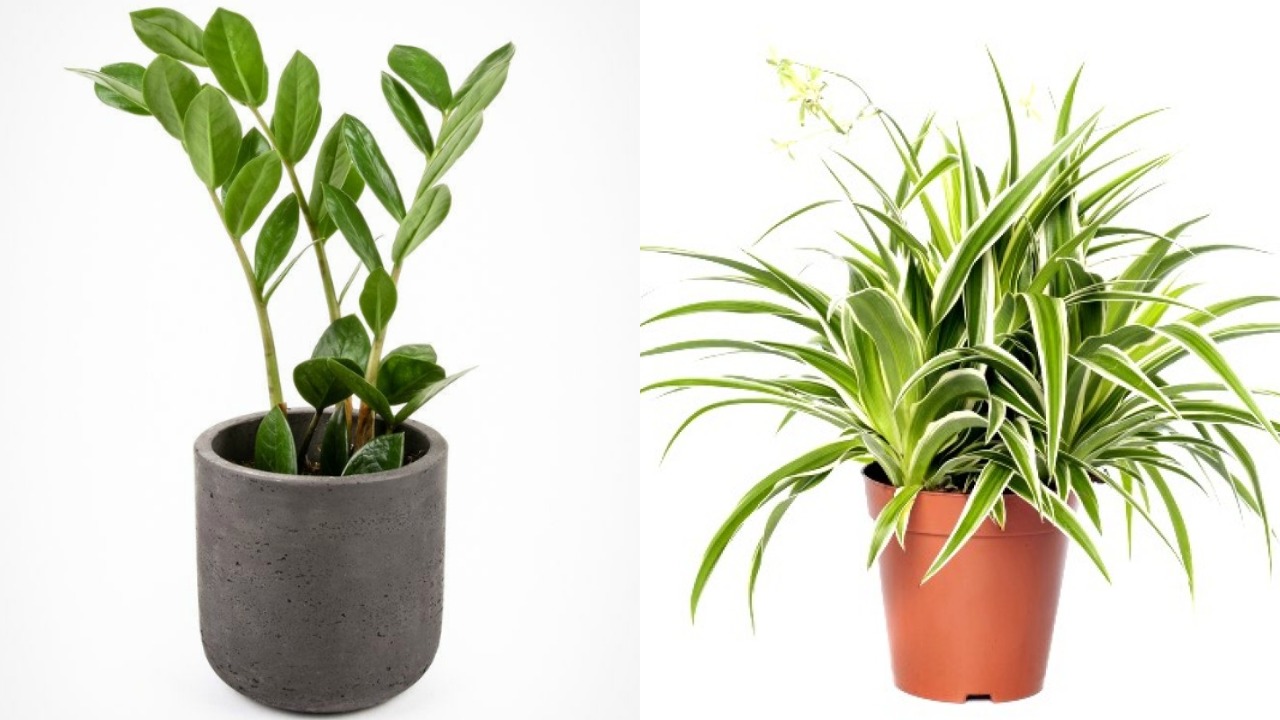
We will tell you which plants are suitable for the busiest owners and will withstand any tests. And which ones are safe for children and animals.
These plants will withstand occasional watering and will not require constant attention. Some of them are safe for children and animals – leaf through our selection.
1. Succulents

After the attractive and arid South American prairies, they are no longer afraid. They are distinguished by dense stems or leaves with special fabrics that conserve moisture. The most famous representatives of this group are cacti.
Caring for them is not difficult. Use a specially formulated succulent potting soil. If you don’t like thorns, choose thornless cactus: Discocactus, Mammillaria Bocasana.
How often to water? Every two days in summer and every four days in other seasons.
Are they dangerous for children and animals? Most succulents are not poisonous but have sharp thorns.
2. Zamioculcas
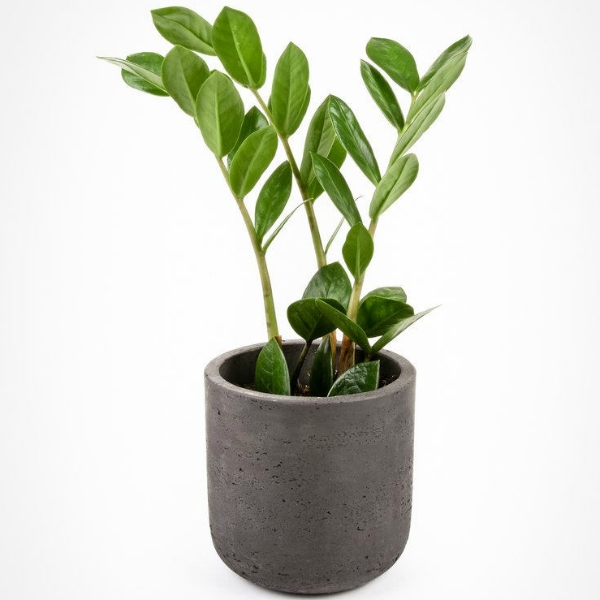
Ideal for dimly lit rooms. Unpretentious in care: you can periodically forget about watering, feeding, and transplanting. Oddly enough, the plant will perform best in poor, unfertilized soil with sand and good drainage.
In addition, zamioculcas does not take up much space: a narrow tall pot is suitable for it.
How often to water? When the soil in the pot is completely dry (if in doubt, wait another day before watering).
Is it dangerous for children and animals? Can cause poisoning for anyone who wants to taste it.
3. Chlorophytum
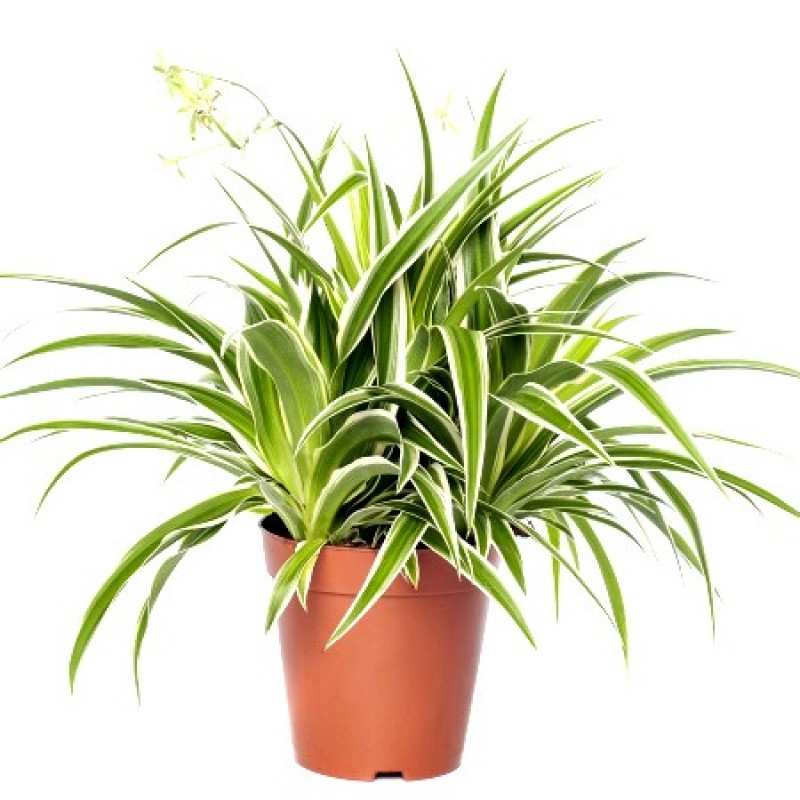
This variegated perennial bush immediately attracts attention with its green narrow leaves with a white border. Great for planters and tall structures. The soil can be anything like the size of the pot.
Chlorophytum will not be scared by the shade and coolness (up to +10 C). At the same time, the plant cleans and moisturizes the air in the house well. It is believed that it even neutralizes negative energy.
How often to water? In spring and summer, once every two days, in autumn and winter – once a week.
Is it dangerous for children and animals? Not.
4. Crassula – Fat Woman
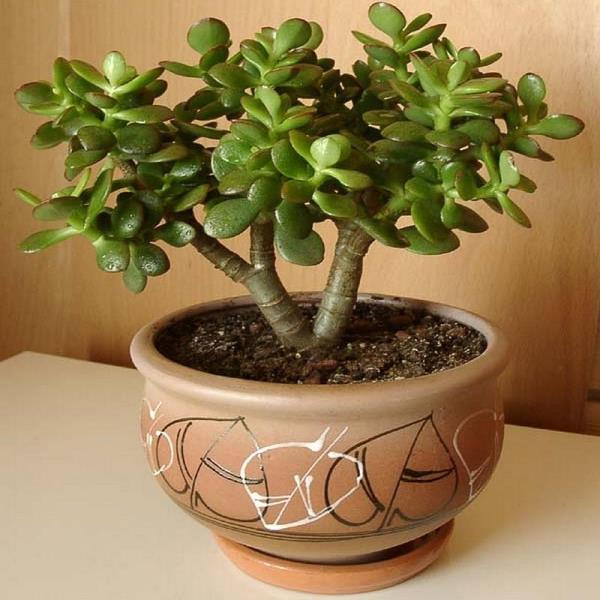
The same “money tree”, which, according to popular beliefs, brings financial well-being. It got its name from the dense leaves that retain moisture. Dry air and prolonged absence of watering will not harm her.
Feels equally good in the south and north of the apartment. By the way, it is distinguished by its fertility: it is enough to stick its leaf into water or into the ground – and in a few days you will receive a ready-made seedling.
How often to water? In winter -1 or 2 times a month, in spring and autumn – once a week, in summer – 1 or 2 times a week.
Is it dangerous for children and animals? May cause poisoning – be careful.
5. Ficus
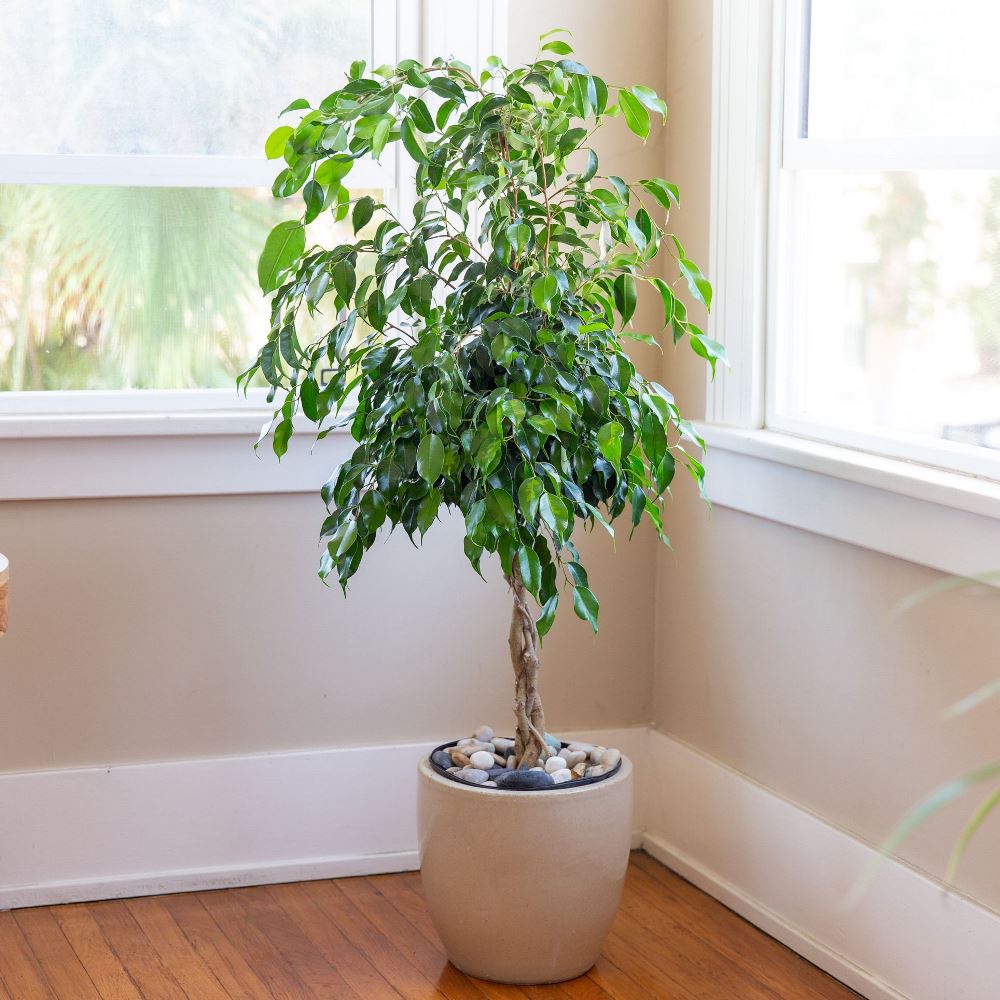
If you sometimes forget to water or fertilize your plants, ficus is ideal. It is not easy to ruin him by lack of care: he is not afraid even of dry air and lack of light.
For small spaces, you can choose varieties with small, but no less spectacular leaves. But the overgrown specimens will calmly react to pruning.
How often to water? Depending on the condition of the soil. Dip your finger in the ground: if the ground is dry and crumbling, it’s time to water.
Is it dangerous for children and animals? Dangerous for people with asthma and animals (if ingested).
6. Sansevieria
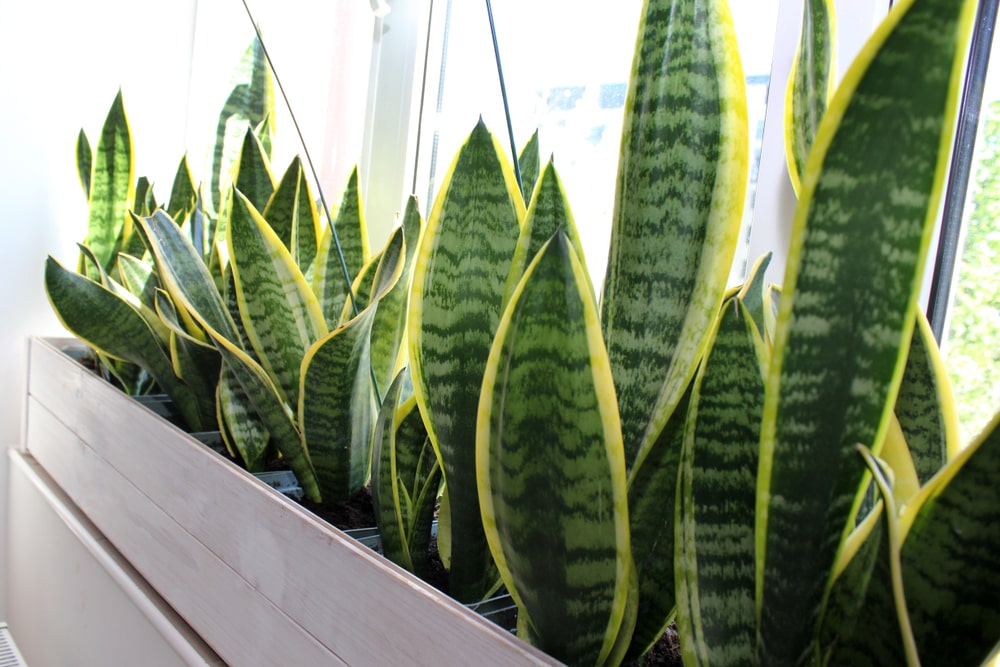
If you don’t have any experience with growing plants, start with sansevieria. She is practically indifferent to heat and cold, light and shade, moisture and drought. In the winter months, it can even do without watering.
One of the few indoor plants that will survive drafts in corridors and near front doors.
How often to water? As soon as the soil dries out. In winter, watering is limited: once every 2-3 weeks.
Is it dangerous for children and animals? Safe for humans, but if ingested, it can cause poisoning in animals.
7. Pachira Aquatica
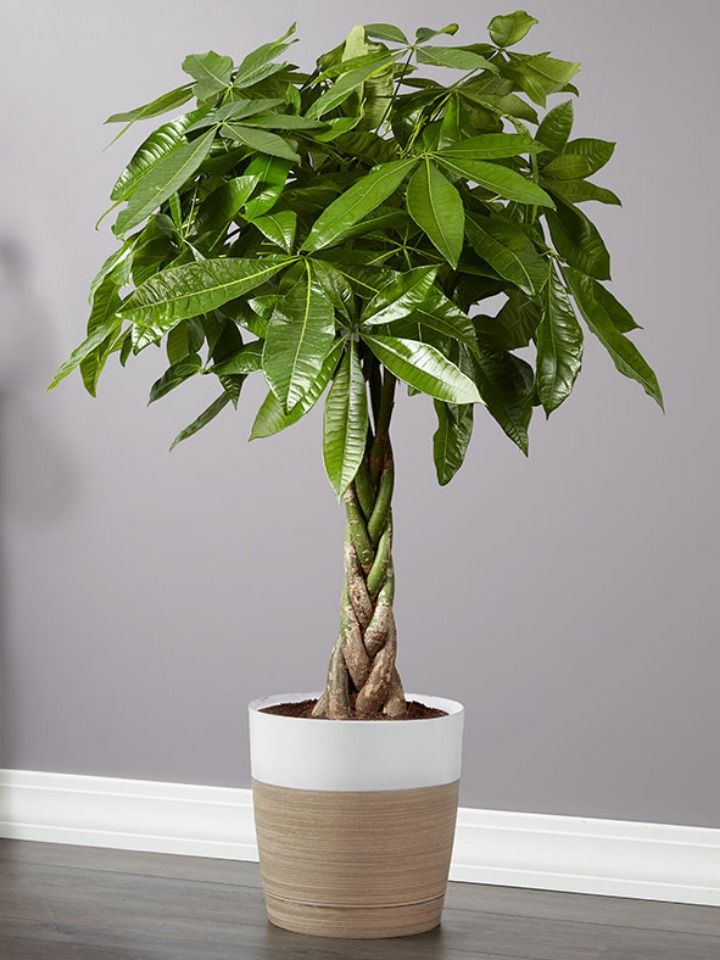
It is also called the “bottle tree” and is believed in the ability to bring good luck and prosperity. At the same time, it is very easy to point at the plant: it can be placed in a shaded corner of the room, deprived of watering and spraying (up to 7-10 days). An excess of light and abundant moisture will only destroy her.
How often to water? Everything is individual: make sure that the soil does not dry out. If the leaves of the plant have become lethargic, then it needs to be watered more often.
Is it dangerous for children and animals? No, the plant is safe for everyone.
8. Spathiphyllum
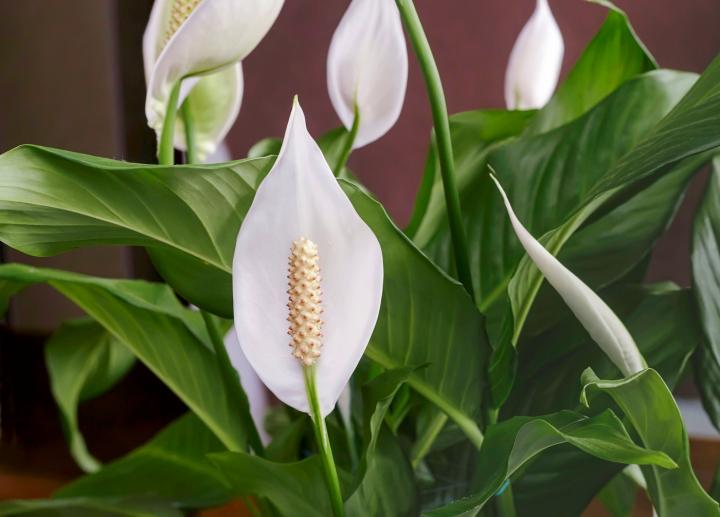
Its quirky white mini-feces-like flowers will delight you all year round. Spathiphyllum tolerates a lack of moisture well: after a week or two without water, the flowers may wilt, but they will come to life immediately after watering.
The plant will not refuse fertilizers, but even without them, it will not disappear. The main thing is to protect it from drafts and cold.
How often to water? In summer – every three days, in winter – once a week.
Is it dangerous for children and animals? Yes, it is better to put the plant higher.
9. Beaucarnea recurvata
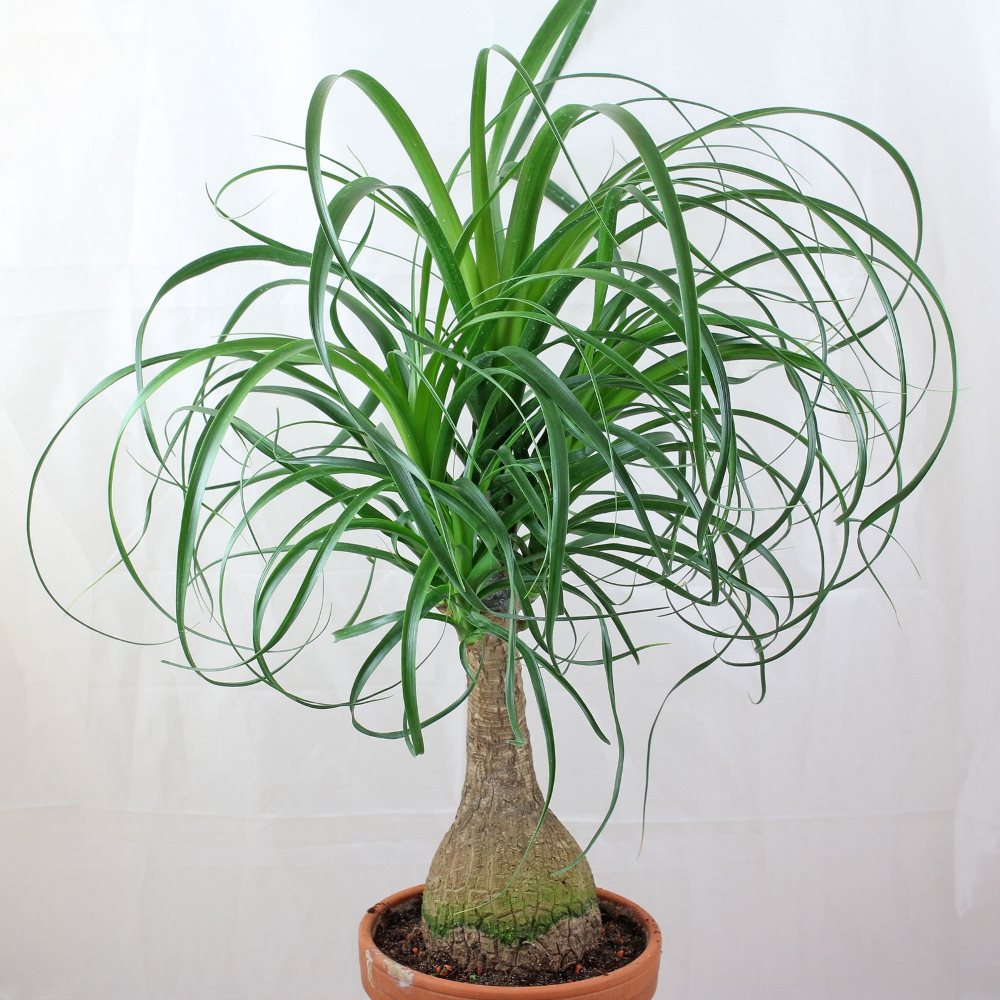
Feel free to go on a trip for one or two weeks – the plant will feel normal. Beaucarnea recurvata grows in the desert, and therefore she is used to a lack of moisture. The plant needs soil that is loose and poorly nutritious.
How often to water? Once every 5-7 days, more often in hot weather. In winter, on the contrary, you need to water twice a month.
Is it dangerous for children and animals? Not.
10. Scindapsus Golden
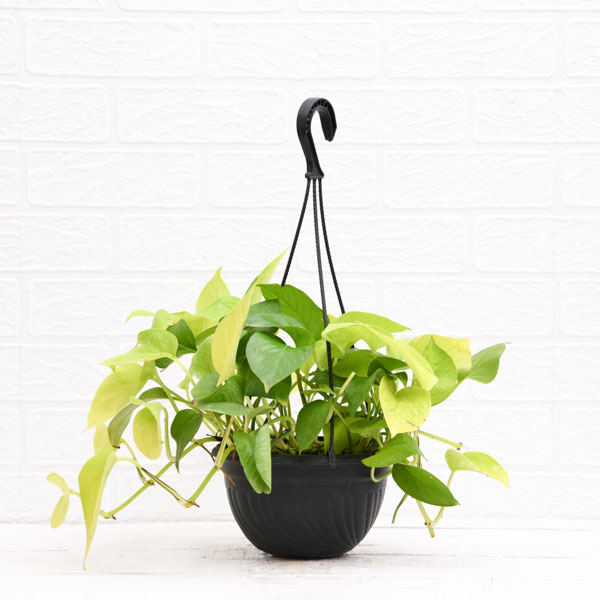
Will appeal to fans of climbing plants and vertical gardening. Scindapsus shoots with heart-shaped, juicy green leaves into a yellow-white speck that will transform even the most shaded corner of the room.
The plant can do without the sun at all, with artificial lighting. It will take root well in the kitchen or bathroom, regardless of temperature and moisture changes. And the air in the room will become cleaner.
How often to water? As soon as the soil in the pot is dry by about a third.
Is it dangerous for children and animals? Poisonous, suitable for homes where there are no pets.






